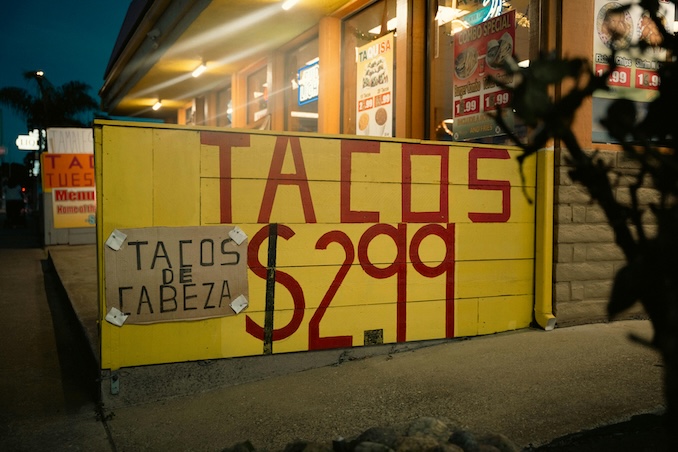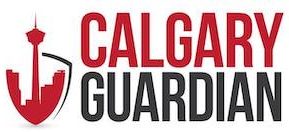Cheap eats can be one of the greatest joys of city life: fast, flavourful, satisfying—and gentle on your wallet. But not every $8 meal is a good deal. While some hole-in-the-wall joints serve up unforgettable food, others are cutting corners, sitting on stale ingredients, or coasting on hype.
So how do you tell the difference between a local gem and a regrettable mistake?

Here’s a guide to help you spot bad cheap eats before you order, saving you money, time, and stomachache.
1. If It’s Too Quiet During Prime Hours
A lack of customers during peak mealtimes (noon–1:30 p.m., 6–8 p.m.) can be a red flag.
While some hidden gems are quiet due to location or lack of advertising, truly good cheap spots often have a steady flow—even during off hours.
What to watch for:
-
Empty seats when nearby places are packed
-
Staff standing around with nothing to do
-
No line at a popular time for takeout (e.g. Friday night at a pizza place)
Caveat: If it’s a weekday at 3 p.m., quiet is normal. But if it’s 7 p.m. on a Friday and no one’s eating there, proceed with caution.
2. A Menu That’s Too Big (and Too Unfocused)
Cheap eats places that try to do everything often do nothing well. If you see sushi, shawarma, pizza, burgers, and pho all on one menu—it’s a warning sign.
The best affordable spots typically specialise in one cuisine or a narrow menu they’ve mastered over time.
What to avoid:
-
Overloaded menus with 50+ items from 5 different cultures
-
Freezer-to-fryer dishes clearly bought in bulk
-
Menus with stock photos or clip art instead of actual food images
Look for short, focused menus with handwritten specials or local dishes people know by name.
3. No Visible Freshness
Good cheap eats usually have signs of fresh ingredients and active cooking—the sizzle of a grill, steam rising from the kitchen, trays being refilled.
Bad cheap eats often show:
-
Pre-cooked, dried-out food sitting under heat lamps for hours
-
Old lettuce, soggy bread, or cold rice on the plate
-
Food that smells off, fishy (in non-seafood dishes), or overly greasy
Tip: Peek at a few plates coming out of the kitchen before you order. If it looks sad on the plate, it’ll feel sad in your stomach.
4. Suspiciously Low Prices (for What’s Being Offered)
Everyone loves a deal, but if the price seems too good to be true, trust your instincts.
Examples:
-
$3 sushi combos with raw fish
-
$1 burgers in a city where ground beef costs more than that per patty
-
Meat dishes that taste weird, rubbery, or unidentifiable
Red flag: Some places cut corners with fillers, old stock, or low-grade meat. Low prices should come from simplicity—not food quality compromise.
5. Dirty Floors, Grimy Counters, or Sloppy Presentation
Great cheap eats don’t need to be polished, but there’s a difference between unpretentious and unhygienic.
Warning signs:
-
Sticky floors or counters
-
Visible grime in corners or on kitchen equipment
-
Food served in cracked containers or stained takeout boxes
-
Condiment bottles that haven’t been wiped in weeks
A little wear and tear is fine, but if a place doesn’t care about cleanliness, it’s not caring about your food either.
6. Bad or Repetitive Reviews (Especially About Cleanliness or Service)
While online reviews aren’t everything, they can give useful patterns.
Watch for:
-
Multiple people mentioning stomach issues
-
Complaints about rude staff, inconsistent hours, or dirty tables
-
Food described as bland, cold, or “tastes microwaved”
Pro move: Sort by “lowest ratings” and skim for recent, relevant issues—then compare to photos from customers, not just the business owner.
7. You Can Smell the Oil from the Sidewalk
If you can smell old fryer grease before you even open the door, it’s a bad sign. That usually means the oil hasn’t been changed in too long, or the ventilation is poor—which also affects how the food will taste.
Stale oil gives food a heavy, bitter, and almost burnt aftertaste, even if it looks okay.
8. Staff Who Seem Checked-Out or Indifferent
In a good cheap eatery, the staff usually care—either because they own the place or take pride in the food.
In contrast, bad spots often have:
-
Workers who seem disinterested or annoyed
-
A chaotic or disorganised kitchen
-
Food that’s slapped together with no care for presentation or consistency
If you’re greeted with a blank stare and leave with cold fries, you’re not in a place that values repeat customers.
9. It’s Only Popular for the Wrong Reasons
Some places get buzz because they’re open late, serve giant portions, or went viral—but not because the food is actually good.
Watch out for:
-
Places known only for wild gimmicks or novelty ingredients
-
Huge portion photos that don’t reflect reality
-
Tourist traps with themed décor but no locals in sight
Just because it has 500,000 TikTok views doesn’t mean it’s worth your $12.
Final Thought: Trust Your Senses (and Instincts)
The best cheap eats are about more than just price—they’re about flavour, care, and comfort. If something feels off, looks sketchy, or smells wrong, it probably is. But when you find the good spots, they’ll win you over with simple food done right.
When in doubt, ask yourself:
-
Would a regular from the neighbourhood eat here?
-
Does the food look like someone actually wanted to eat it themselves?
-
Does it taste like real ingredients made by real hands?
If the answer is no, walk away—because bad cheap eats are never worth even a dollar.



